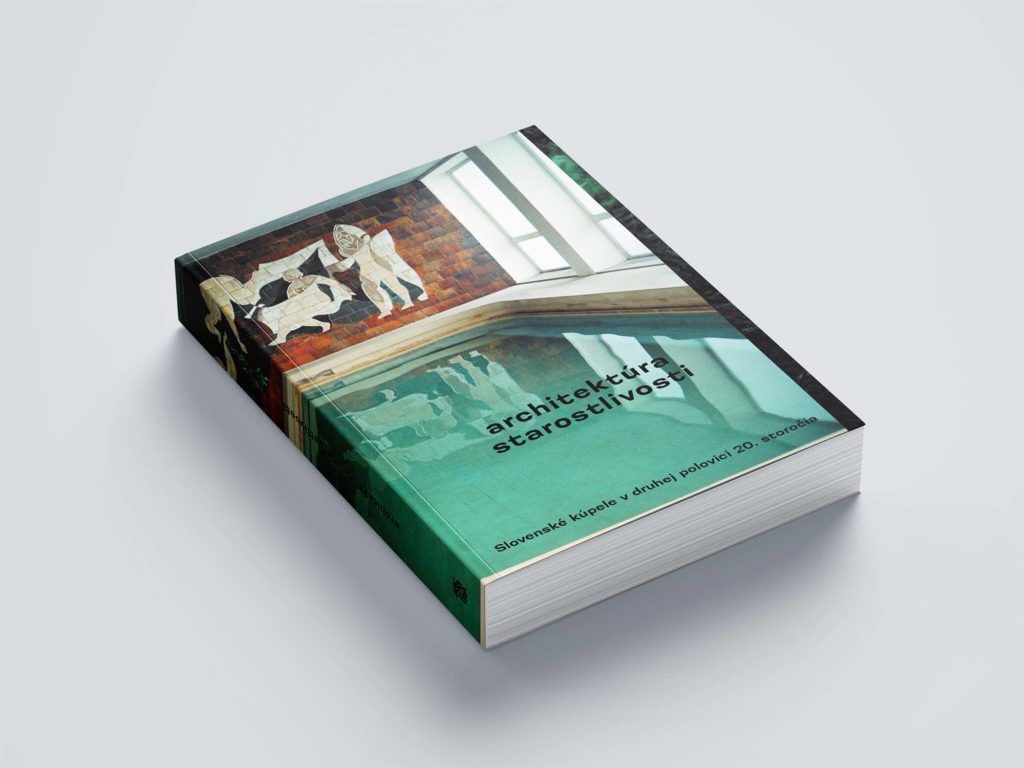The thermal baths extremely popular in the Socialist era have been transformed or disappeared completely by today. A photographer and an architect set out to explore the forgotten baths of Slovakia to show us that our built heritage deserves some care, too.
Photographer Andrea Kalinová and architect Martin Zaiček have been focusing on exploring Slovakian structures that have survived World War II for years. They established their art group under the name Abandoned (re)creation – originally Opustená (re)kreácia – in 2011, in one of the most famous Slovakian spa towns, in Trenčianske Teplice. The small town situated in the north-eastern regions of Slovakia hides many prominent representatives of Modernist architecture, even though usually they are not so much in the center of attention: the town is rather visited for its thermal bath by travelers looking to heal and rest.
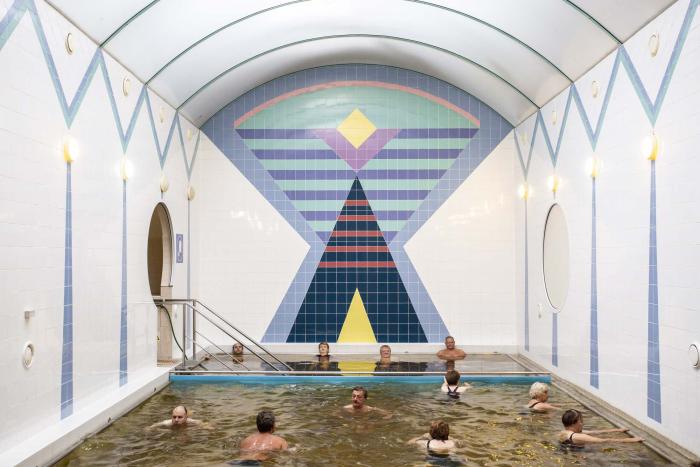
To change this, and to also favor the fans of Modernist architecture, the team created a publication in which they collected the inter-war and late Modernist architectural sights. The guide published in 2016 allows us to read about the history of legendary thermal bath Zelená Žaba (meaning: „green frog”) famous for its outdoor pools, the Turkish bath titled Sina and also Machnáč sanatorium.
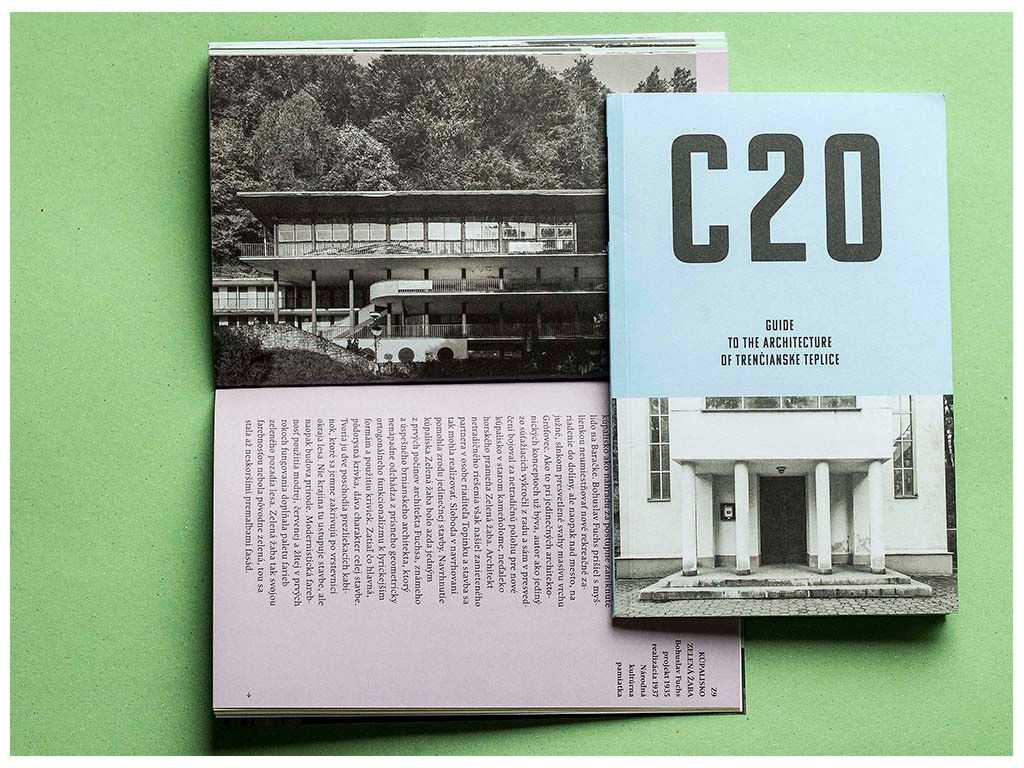
Their cooperation with the sanatorium has not ended yet, on the contrary: this research grew out to be a separate project and the OFF SEASON publication as well as the related documentary were released in 2018. The sanatorium built in 1932 and currently out of use was also covered by Čierne diery frequently mentioned by us: the condition of one of the most significant and most endangered buildings was already critical at that time. The sanatorium that has seen better days was designed by Jaromír Krejcar, an architect from Prague who won the design competition in 1929. Krejcar designed the building with a T floorplan and resembling a giant ocean liner in the spirit of functionalism. The rectangular balconies of the eastern façade may make us think of the Bauhaus building in Dessau, while the rooftop terrace may be familiar from the buildings designed by Le Corbusier.



In their latest project, Andrea and Martin visited several other spa towns in Slovakia inspired by the sanatorium in Trenčianske Teplice: as part of the 5-year-long research, they visited former retreat centers including Bardejov, Piešťany, Štrbské Pleso, Brusno or Bojnice. Researching the history of the buildings forming part of the state thermal bath system, and especially the ones built in the 1960s and 1970s, they also inspected their condition and looked into the social perception of the given buildings in the years of their construction and operation.

As a result of their tireless research, the book titled Architecture of Care (Architektúra starostlivosti) was published, not only allowing us to learn about the specific thermal bath buildings, but also revealing how and why the Slovakian retreats became important, as well as the relationship between capitalism and rehabilitation institutes.
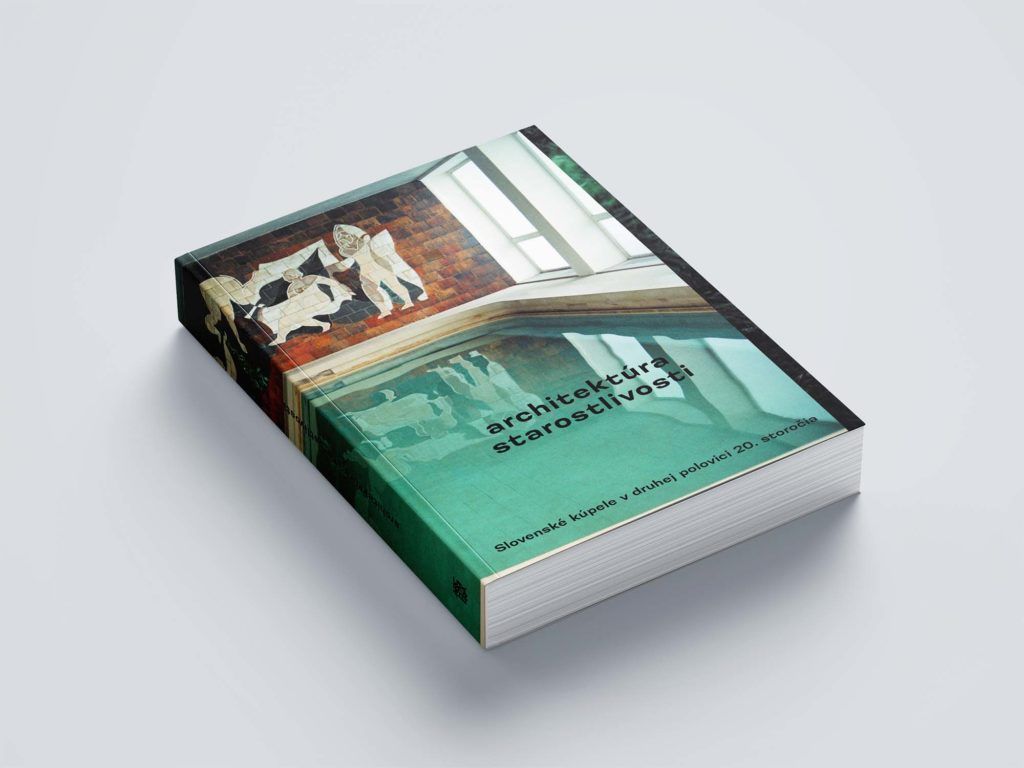
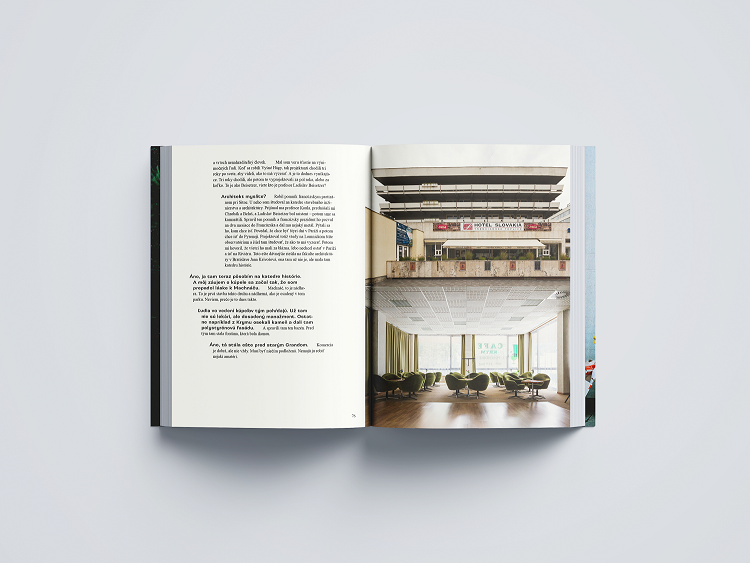
The more than 300-page-long, Slovakian language book was made with subsidies received from the ministry and foundations, as well as owing to a successful crowdfunding campaign, and today it is available for purchasing.

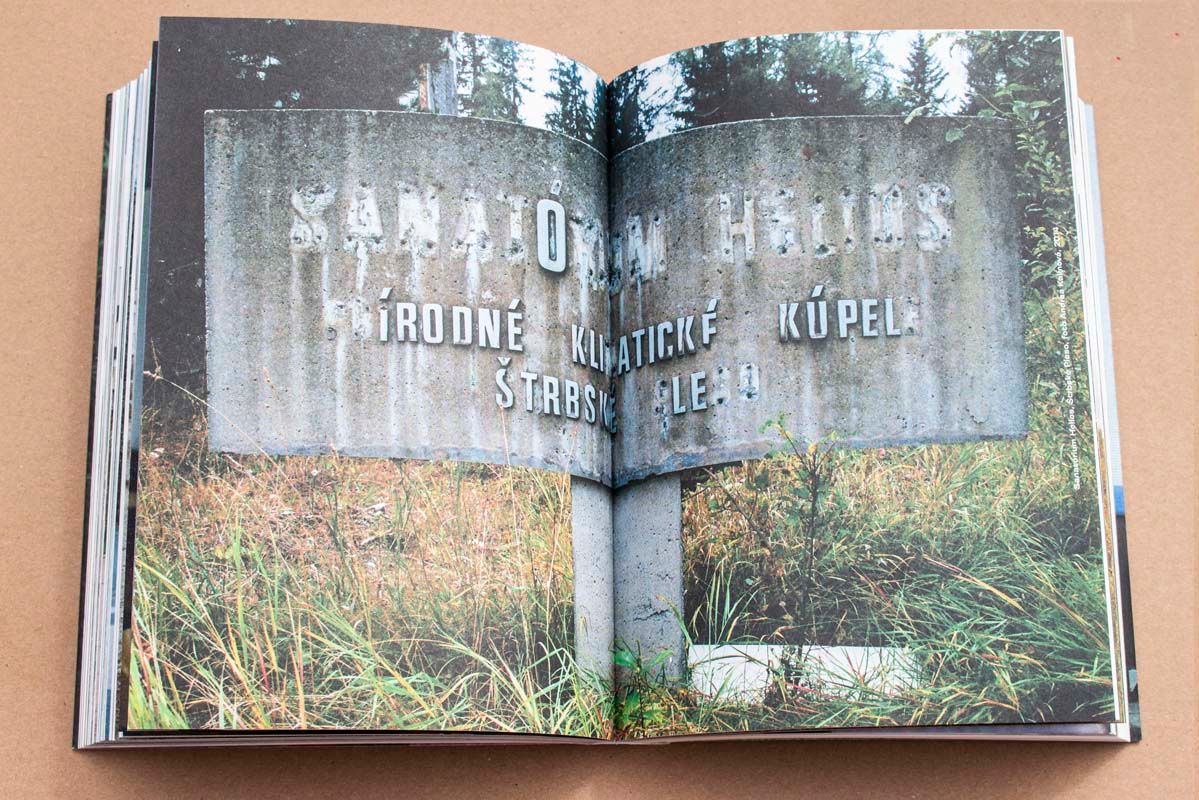
Architecture of Care – Slovakian baths in the second half of the 20th century
Author: Jarmila Bencová, Zuzana Jakalová,
Ivana Rumanová, Martin Zaiček
Photos: Andrea Kalinová, Peter Kuzmin
Editor: Petra Hlaváčková
Data collection, oral history: Barbora Németh
Publication design and editing: Magdaléna Scheryová, studio onaonaona
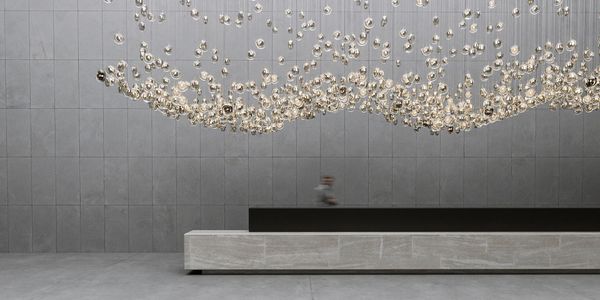
Lighting constellations | Bomma

Coworking office and more | Nomád Coworking & Design Shop










